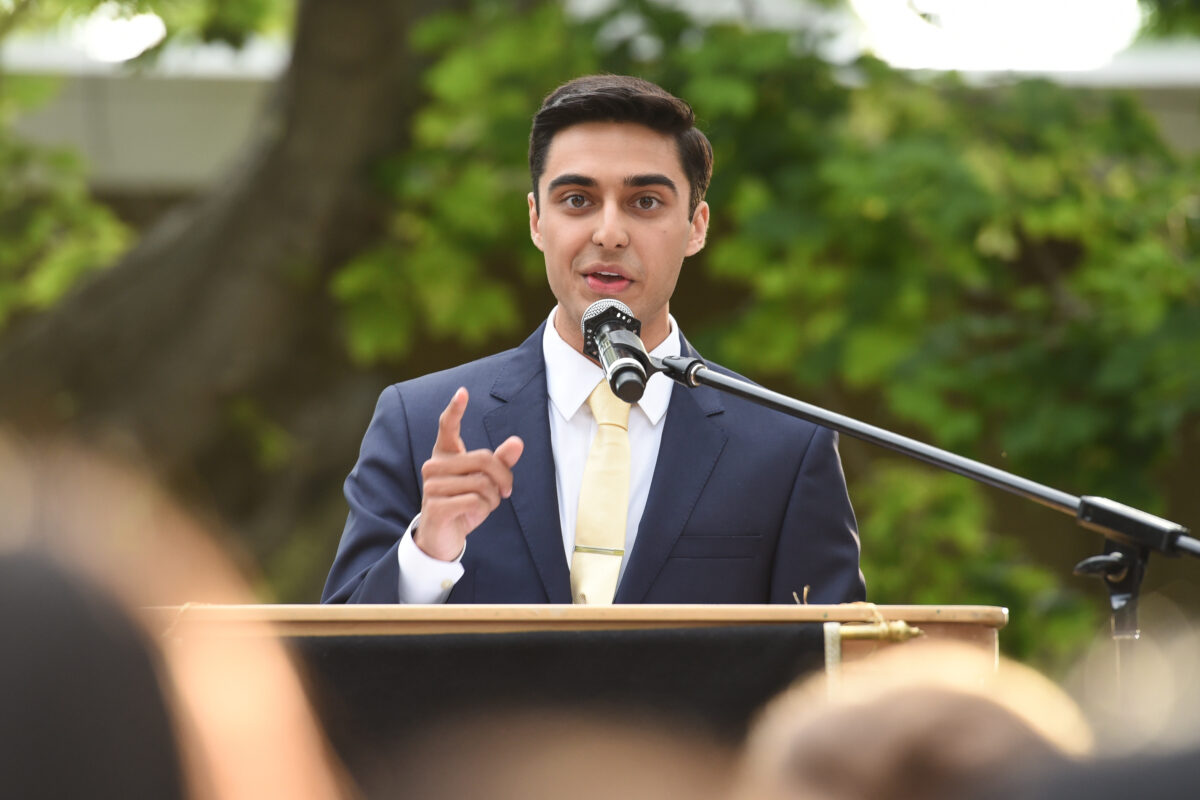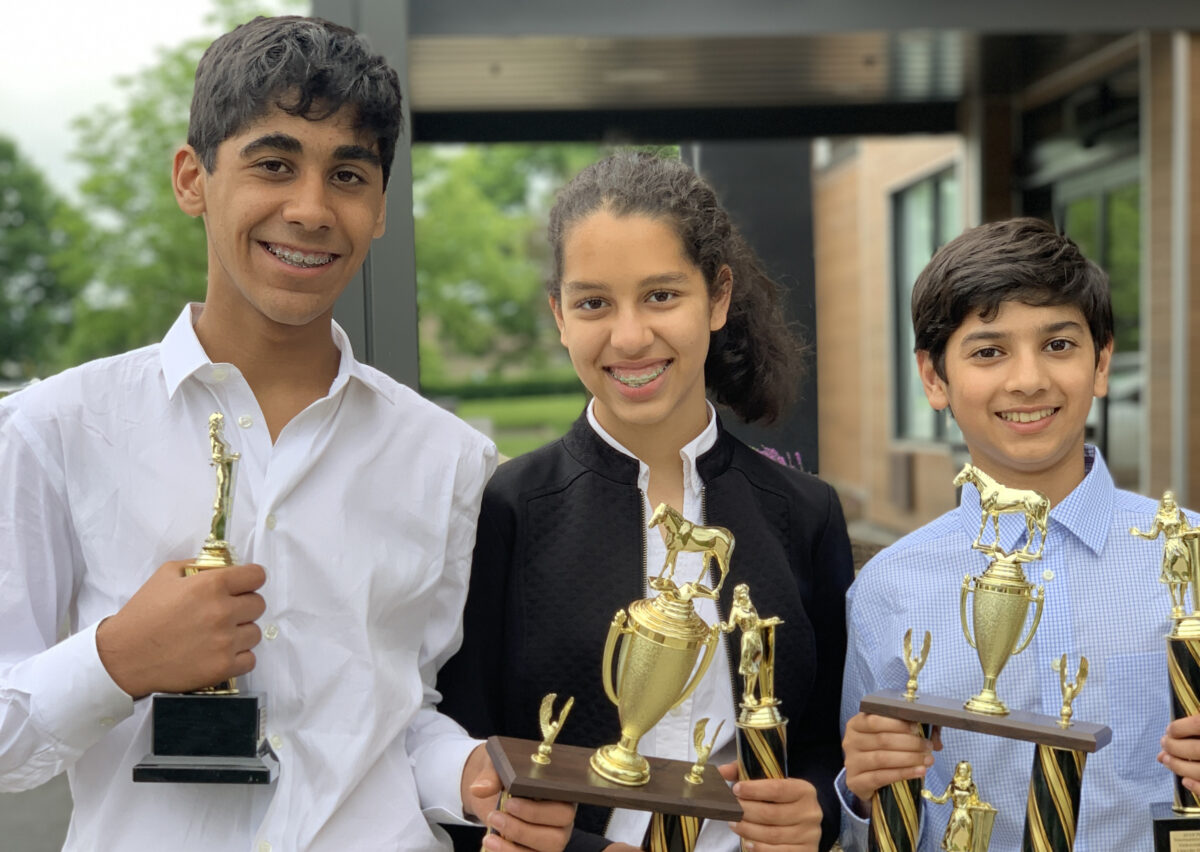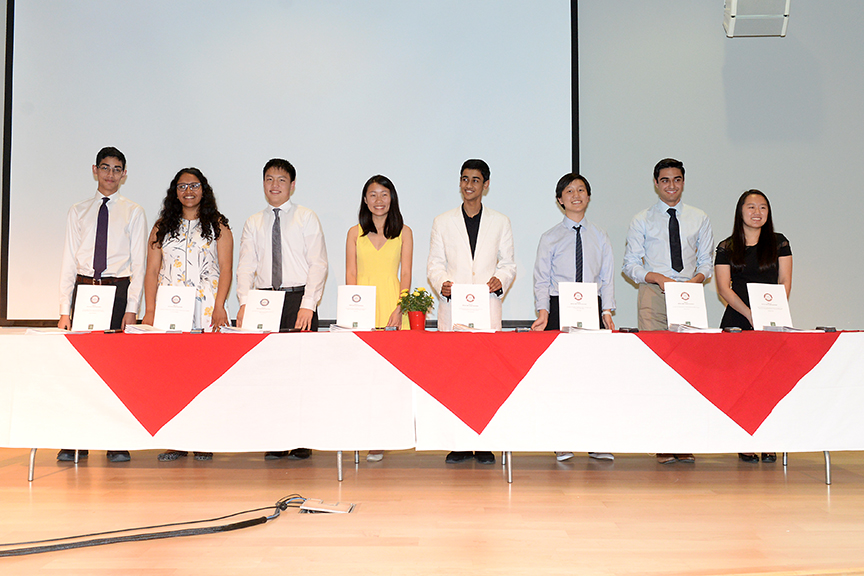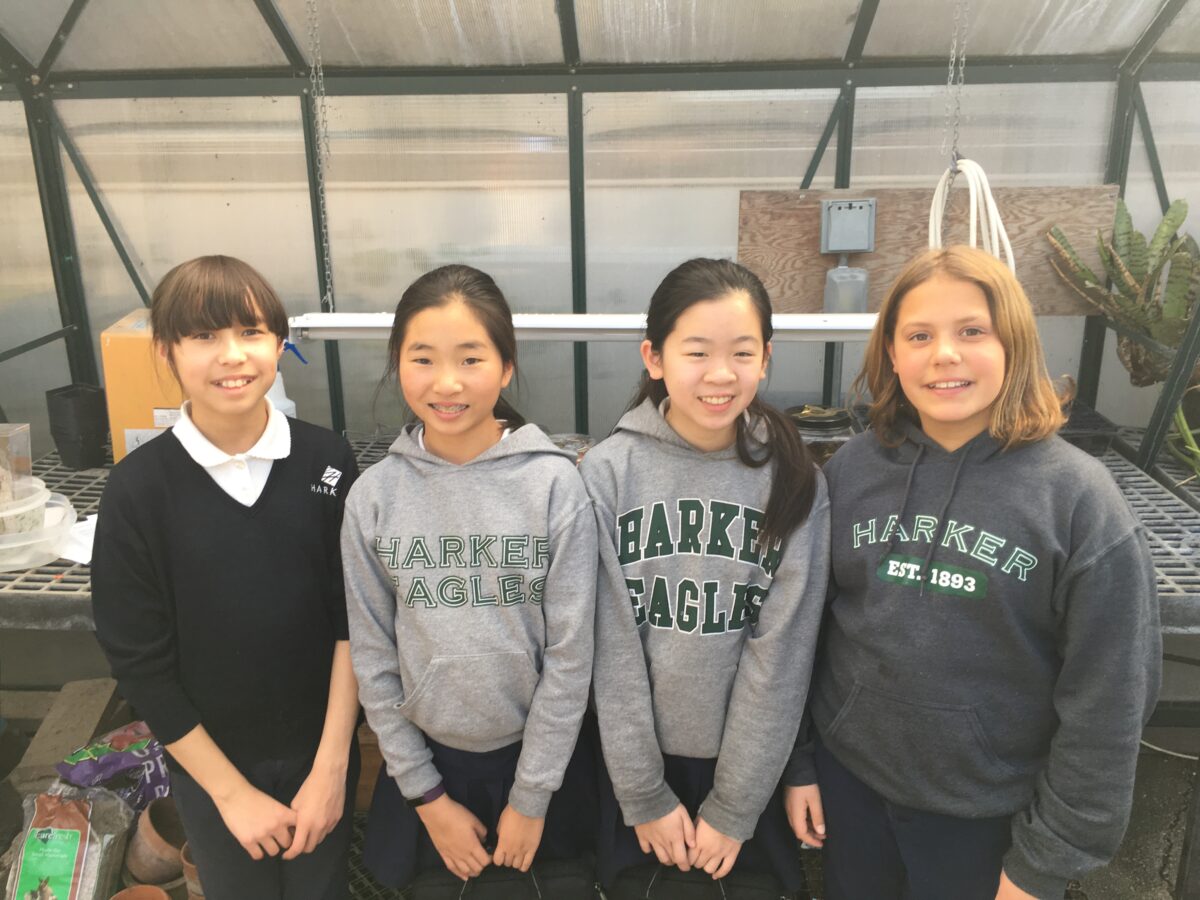In mid-September, the National Merit Scholarship Corporation identified 68 Harker seniors as Commended Students in the 2019 National Merit Scholarship Competition.
express
Class of 2019 bids farewell and passes the torch at baccalaureate ceremony
On the eve of this year’s graduation exercises, juniors, seniors and senior parents gathered at the upper school quad for the annual baccalaureate ceremony, during which members of the Class of 2020 graciously accepted their responsibility as leaders in the coming 2019-20 school year.
Lower and middle school spring sports teams wrap up great seasons with many top finishes
There were many great results by our lower and middle school athletes this past season, check them out!
Junior wins Intel Foundation Young Scientist Award at Intel ISEF
In mid-May, junior Allison Jia was named one of two winners of the Intel Foundation Scientist Award at the Intel International Science and Engineering Fair.
Middle school speech and debate team overwhelms at Tournament of Champions
The middle school speech and debate team had an outstanding weekend at the Middle School Tournament of Champions hosted by the University of Kentucky on May 11-12.
Endowment scholars wrap up year of exploration at lovely reception
This year’s John Near and Mitra Family endowment scholars were honored at a reception in the Nichols Hall auditorium, celebrating the completion of their intensive research and writing projects.
Earth Day activities at Harker Preschool boosted by parents’ help
Preschoolers had a great Earth Day in April and parent volunteers were key to making the day special!
Two students qualify for U.S. Physics Team
Freshmen David Dai and Rishab Parthasarathy were recently selected to be two of 20 students on the 2019 U.S. Physics Team.
Middle school Green Team steps up efforts leading up to Earth Day
The 2019 middle school Green Team has been hard at work this year advocating for the end of single-use plastics and an increase in recycling of all plastic waste.
Harker Preschool students gather ’round the beanstalk on Earth Day
Harker preschoolers had a more-than-just-Earth Day moment as they enjoyed the world of beanstalks today.









